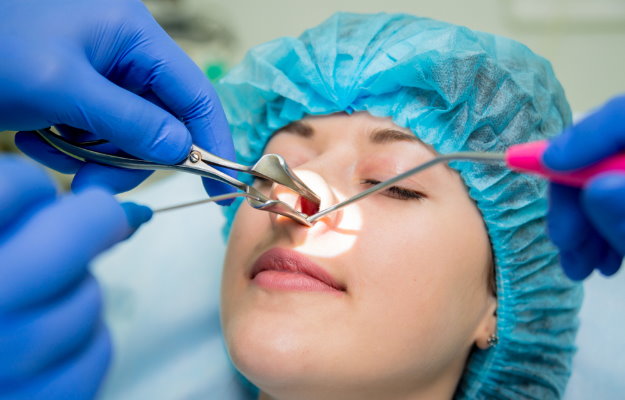

Functional Endoscopic Sinus Surgery (FESS) permits the direct visualization and treatment of various parts of the nasal cavities and sinuses which are otherwise inaccessible surgically.
Dr Hirschmann (1903) is considered the father of endoscopy. Dr David Kennedy, MD, and Karl Storz, MD, of Johns Hopkins University developed instruments for use in endoscopic sinus surgery, and coined the term Functional Endoscopic Sinus Surgery. Prof. Stammberger from Austria is considered father of modern Functional Endoscopic Sinus Surgery.

| Minor complications | Major complications |
|---|---|
| Septal or mucosal adhesions | Blindness or loss of vision |
| Orbital emphysema | CSF leak |
| Epiphora | Meningitis |
| Bleeding | Intracranial bleed |
| - | Damage to the internal carotid artery |
| - | Vasovagal collapse |